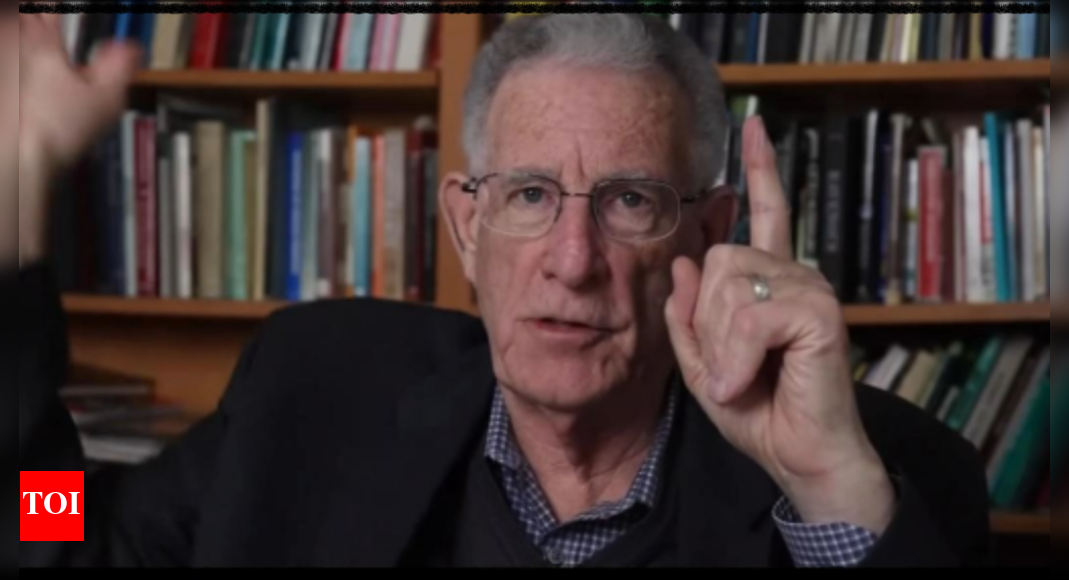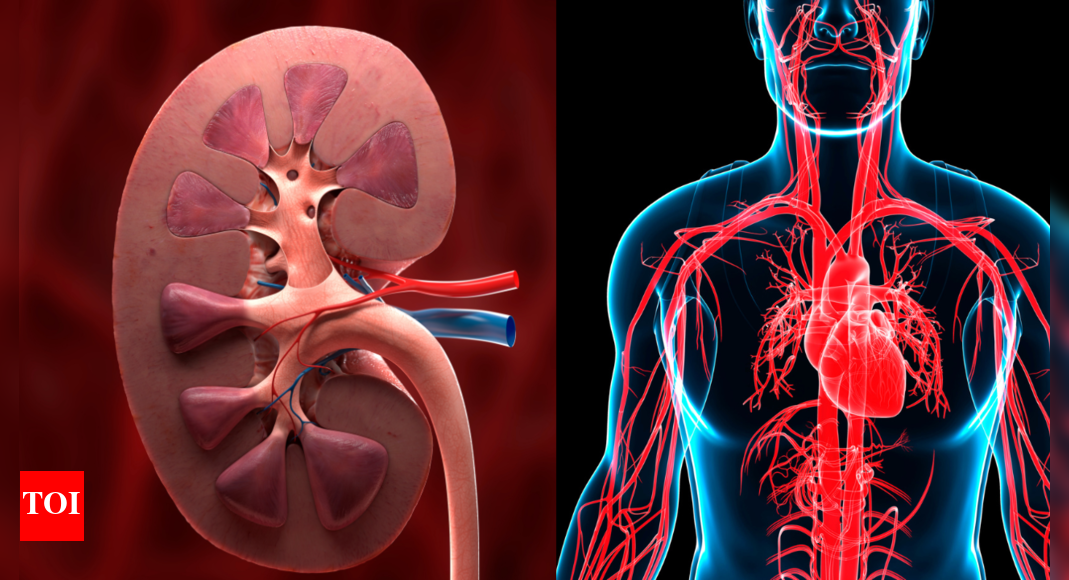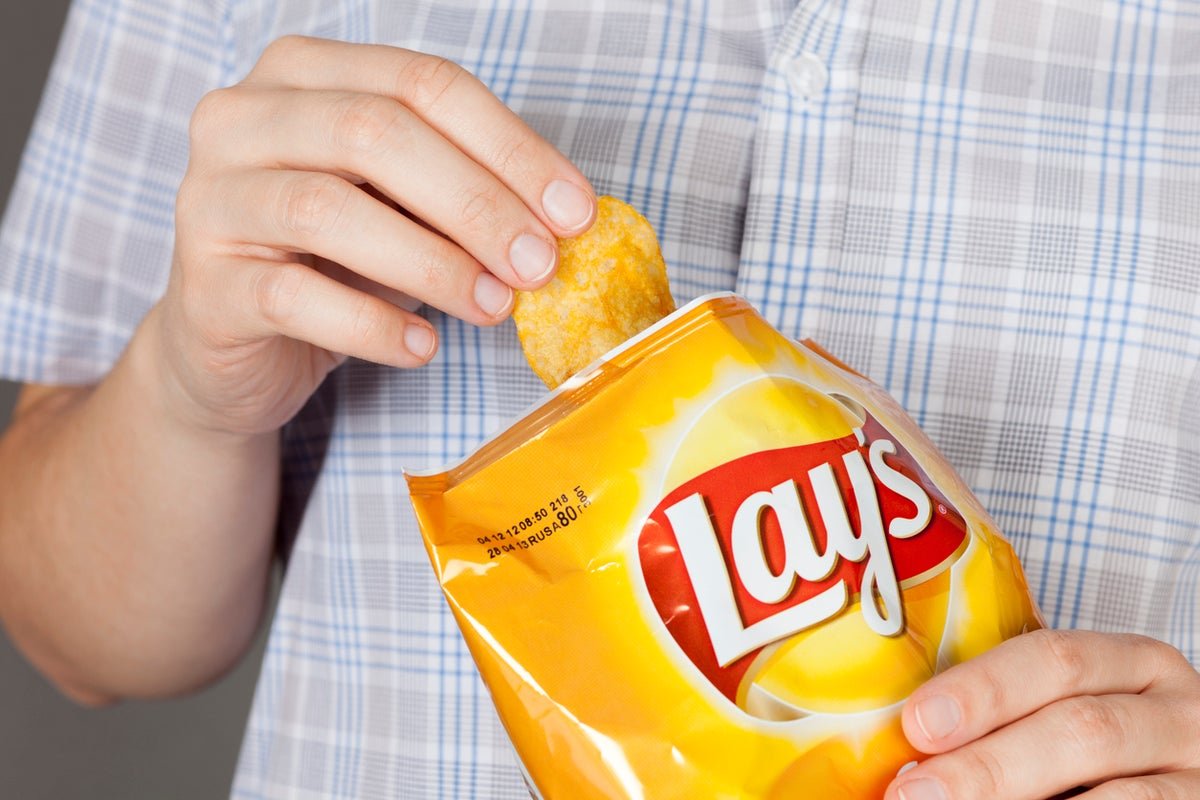A renowned researcher in cancer metabolism
Dr. Seyfried received his Ph.D. in genetics and biochemistry from the University of Illinois and finished postdoctoral fellowships in the Department of Neurology at the Yale University School of Medicine. He is now a professor at Boston College, where he studies the ways in which cellular energy metabolism can drive cancer, epilepsy, and neurodegenerative disease development.His pioneering book, “Cancer as a Metabolic Disease,” released in 2012, offers scientific proof that mitochondrial breakdown—not genetic mutation—is the underlying cause of most cancers.
What does his expertise say?
Glucose: It nourishes your tumor
Dr. Seyfried maintains that glucose is the major fuel for cancer cells. In contrast to healthy cells, which have the flexibility to cycle between burning sugar and fat, cancer cells depend nearly completely on sugar. This characteristic makes them susceptible to interventions that lower blood glucose, including ketogenic diets or fasting. This concept is derived from the Warburg Effect, a discovery made by Nobel Prize Winner Otto Warburg, where cancer cells have abnormally high glucose metabolism even when oxygen is present.
Glutamine: The secret fuel

The second fuel is glutamine, an amino acid that tumors use to keep growing even during glucose starvation. Glutamine sustains key processes that fuel cancer cell growth and evade immune responses.Dr. Seyfried contends that the combination of therapies that limit both glucose and glutamine may be a promising approach to inhibiting tumor growth, although he emphatically warns that such treatment should be undertaken only by experienced professionals.
Are the paradigms shifting or are we clinging to some new hope?

By pinpointing cancer as fundamentally a metabolic disorder, Thomas Seyfried reframes the prevailing genetic-focused paradigm in oncology. Although not yet mainstream, his research has generated excitement in the realm of metabolic therapies, such as nutritional treatments and non-toxic, metabolism-targeting medications.As a seasoned scientist of many decades, Dr. Seyfried stresses evidence-based, holistic strategies over band-aid remedies.While increased attention is being paid to metabolic strategies for treating cancer, these strategies should not displace mainstream therapy until they are tested in the clinic. Cancer is exceedingly personalized, and any dietary or supplement modification must be done at the direction of oncologists and medical doctors.Dr. Thomas Seyfried’s research keeps challenging the traditional thinking in cancer understanding and treatment. Whether or not this approach will open new paradigms in oncology is an intriguing question for the future of medical research.
var _mfq = window._mfq || [];
_mfq.push([“setVariable”, “toi_titan”, window.location.href]);
!(function(f, b, e, v, n, t, s) {
function loadFBEvents(isFBCampaignActive) {
if (!isFBCampaignActive) {
return;
}
(function(f, b, e, v, n, t, s) {
if (f.fbq) return;
n = f.fbq = function() {
n.callMethod ? n.callMethod(…arguments) : n.queue.push(arguments);
};
if (!f._fbq) f._fbq = n;
n.push = n;
n.loaded = !0;
n.version = ‘2.0’;
n.queue = [];
t = b.createElement(e);
t.async = !0;
t.defer = !0;
t.src = v;
s = b.getElementsByTagName(e)[0];
s.parentNode.insertBefore(t, s);
})(f, b, e, ‘https://connect.facebook.net/en_US/fbevents.js’, n, t, s);
fbq(‘init’, ‘593671331875494’);
fbq(‘track’, ‘PageView’);
};
function loadGtagEvents(isGoogleCampaignActive) {
if (!isGoogleCampaignActive) {
return;
}
var id = document.getElementById(‘toi-plus-google-campaign’);
if (id) {
return;
}
(function(f, b, e, v, n, t, s) {
t = b.createElement(e);
t.async = !0;
t.defer = !0;
t.src = v;
t.id = ‘toi-plus-google-campaign’;
s = b.getElementsByTagName(e)[0];
s.parentNode.insertBefore(t, s);
})(f, b, e, ‘https://www.googletagmanager.com/gtag/js?id=AW-877820074’, n, t, s);
};
function loadSurvicateJs(allowedSurvicateSections = []){
const section = window.location.pathname.split(‘/’)[1]
const isHomePageAllowed = window.location.pathname === ‘/’ && allowedSurvicateSections.includes(‘homepage’)
const ifAllowedOnAllPages = allowedSurvicateSections && allowedSurvicateSections.includes(‘all’);
if(allowedSurvicateSections.includes(section) || isHomePageAllowed || ifAllowedOnAllPages){
(function(w) {
function setAttributes() {
var prime_user_status = window.isPrime ? ‘paid’ : ‘free’ ;
var geoLocation = window?.geoinfo?.CountryCode ? window?.geoinfo?.CountryCode : ‘IN’ ;
w._sva.setVisitorTraits({
toi_user_subscription_status : prime_user_status,
toi_user_geolocation : geoLocation
});
}
if (w._sva && w._sva.setVisitorTraits) {
setAttributes();
} else {
w.addEventListener(“SurvicateReady”, setAttributes);
}
var s = document.createElement(‘script’);
s.src=”https://survey.survicate.com/workspaces/0be6ae9845d14a7c8ff08a7a00bd9b21/web_surveys.js”;
s.async = true;
var e = document.getElementsByTagName(‘script’)[0];
e.parentNode.insertBefore(s, e);
})(window);
}
}
window.TimesApps = window.TimesApps || {};
var TimesApps = window.TimesApps;
TimesApps.toiPlusEvents = function(config) {
var isConfigAvailable = “toiplus_site_settings” in f && “isFBCampaignActive” in f.toiplus_site_settings && “isGoogleCampaignActive” in f.toiplus_site_settings;
var isPrimeUser = window.isPrime;
var isPrimeUserLayout = window.isPrimeUserLayout;
if (isConfigAvailable && !isPrimeUser) {
loadGtagEvents(f.toiplus_site_settings.isGoogleCampaignActive);
loadFBEvents(f.toiplus_site_settings.isFBCampaignActive);
loadSurvicateJs(f.toiplus_site_settings.allowedSurvicateSections);
} else {
var JarvisUrl=”https://jarvis.indiatimes.com/v1/feeds/toi_plus/site_settings/643526e21443833f0c454615?db_env=published”;
window.getFromClient(JarvisUrl, function(config){
if (config) {
const allowedSectionSuricate = (isPrimeUserLayout) ? config?.allowedSurvicatePrimeSections : config?.allowedSurvicateSections
loadGtagEvents(config?.isGoogleCampaignActive);
loadFBEvents(config?.isFBCampaignActive);
loadSurvicateJs(allowedSectionSuricate);
}
})
}
};
})(
window,
document,
‘script’,
);
#Leading #biologist #exposes #fuels #cancer #people



